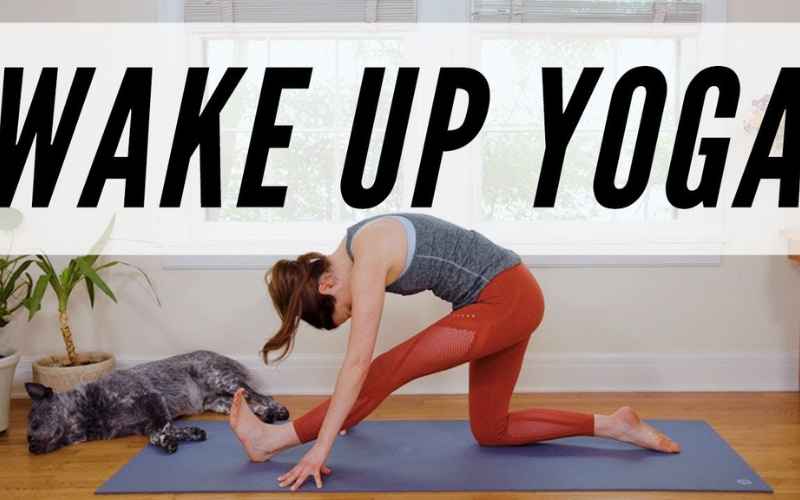Centuries ago, the power of yoga only seemed to keep emerging with time. The practice has been increasingly popular in the last few years, with over 300 million people across the world. Add yoga to a workout regimen to your wellness routines and maintain your health with Health care products. According to the facts, people spend over 16 billion dollars yearly on yoga classes and workout equipment!

However, it is stated that practising yoga with professional instructors and yoga teachers can help maximize results and improve one’s physical and mental health. It is essential to experience the joy of yoga in a personal space and get in touch with oneself!
In this comprehensive guide for Yoga beginners, you’ll get tips for those who wish to practise yoga from today onwards.
Beginners Guide: Tips for practising yoga–
Specify a dedicated time for practice: It may sound kiddish, but you need to make a proper workout regimen. It’s easy to slip out of a routine, so be careful! The ideal time to bring your yoga mat out is just an hour after you wake up or in the evening. Before starting yoga, one must warm up first. Yoga in the morning can also be an excellent way to refresh the mind and release the day’s stress. Fix a time to make it a habit of practising yoga every day without fail.

Choose a comfortable place: Practising yoga in your home’s comfortable space is highly recommended. But if you are practising yoga at home, there are chances you might face some interferences. Yoga calls for a consistent mind-body connection as you practise physical postures and breathing exercises. It would be suitable for your practise to choose a private corner at home for your yoga session, where you’ll not feel disturbed.
Practise on a light stomach: The next comes that yoga postures are always best practised on a light or empty stomach. It is best to ractise yoga poses and meditate early in the morning or about 2 to 3 hours after your meal.

Start off early: As a beginner, it can be easy to feel overwhelmed by disciplines like Hatha Yoga, Ashtanga Yoga, or Vinyasa Yoga. It’s best to go with easy-to-do yoga sequences and stretching exercises. Once you get used to this, you’ll be able to master the basics on your own and then switch to more advanced poses with a yoga teacher who can assist you through regular practise.
Be gentle to yourself: The purpose of practising yoga is to be able to relax as you workout. Wear comfortable clothing and go through your exercise without rushing the flow. Take short breaks between each pose and enjoy your activity happily!

Find a professional teacher –
An experienced yoga instructor can provide great insight and guidance as you practise. A qualified yoga teacher can answer your questions during class, and help you achieve the proper posture for each pose with individualized cues and hands-on adjustments.
Learn some poses beforehand – Many asanas or postures can feel complicated, especially at first. Luckily, you can spend some time before your first class getting accustomed to the poses you can expect to perform like Mountain Pose, Warrior 1, Sun Salutation, etc.

Wear comfortable clothing – The right clothes can make a world of difference during your yoga session. Ideally, you’ll want to select a supportive top and yoga pants made from breathable materials and moisture-wicking features. You may want to invest in thermal athletic gear you can easily layer for cooler weather to stay warm.
Use a clean, non-slip mat – A yoga mat allows you to workout properly without worrying about slipping in the poses. It also provides padding for joints, especially your wrists and knees. Make sure you choose the best mat with enough stickiness or grip to hold your hands and feet in place. To maintain hygiene, clean your mat regularly and prevent unpleasant smells.

Modify for your body and needs – Specifically in the beginning, you may feel yoga difficult to accomplish every pose covered in your class. If you’re having trouble, your instructor can help you find ways to make it more manageable on your body. Don’t be afraid to use blocks, straps, or blankets to make the practice easier for your body.
Conclusion –
A beginner opens the door to a world of physical, mental, and emotional well-being. With patience, consistency, and an open mind, the practice becomes a lifelong companion on the path to holistic health and self-discovery. Whether seeking flexibility, stress relief or a sense of inner peace, yoga can positively transform your life. Embrace the relaxing yoga, and let the transformative power of yoga unfold.





